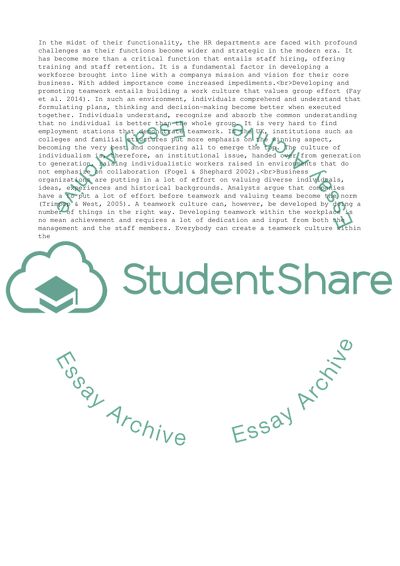Cite this document
(The teamworking impact of organization Essay Example | Topics and Well Written Essays - 2750 words, n.d.)
The teamworking impact of organization Essay Example | Topics and Well Written Essays - 2750 words. https://studentshare.org/management/1869052-the-teamworking-impact-of-organization
The teamworking impact of organization Essay Example | Topics and Well Written Essays - 2750 words. https://studentshare.org/management/1869052-the-teamworking-impact-of-organization
(The Teamworking Impact of Organization Essay Example | Topics and Well Written Essays - 2750 Words)
The Teamworking Impact of Organization Essay Example | Topics and Well Written Essays - 2750 Words. https://studentshare.org/management/1869052-the-teamworking-impact-of-organization.
The Teamworking Impact of Organization Essay Example | Topics and Well Written Essays - 2750 Words. https://studentshare.org/management/1869052-the-teamworking-impact-of-organization.
“The Teamworking Impact of Organization Essay Example | Topics and Well Written Essays - 2750 Words”. https://studentshare.org/management/1869052-the-teamworking-impact-of-organization.


